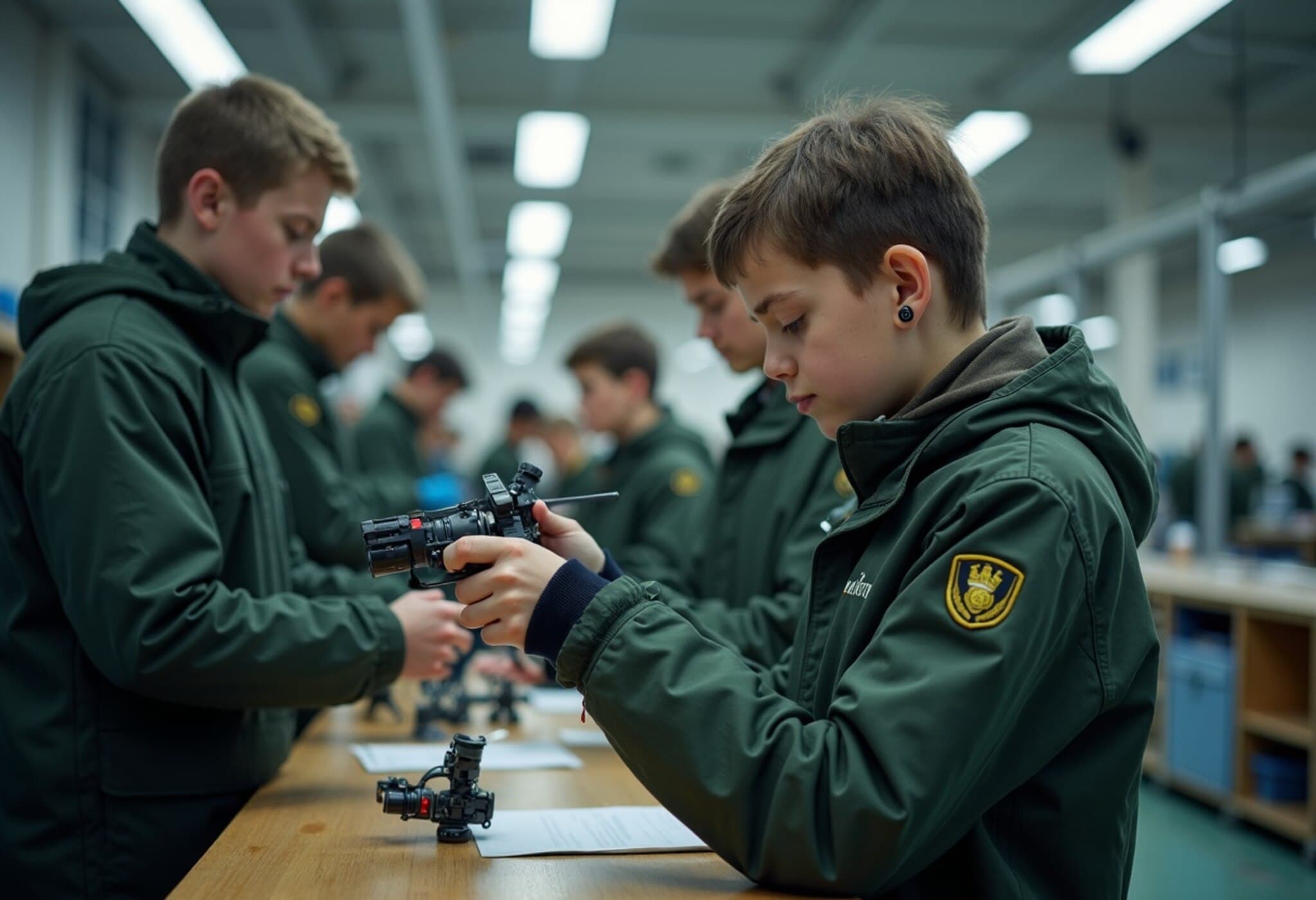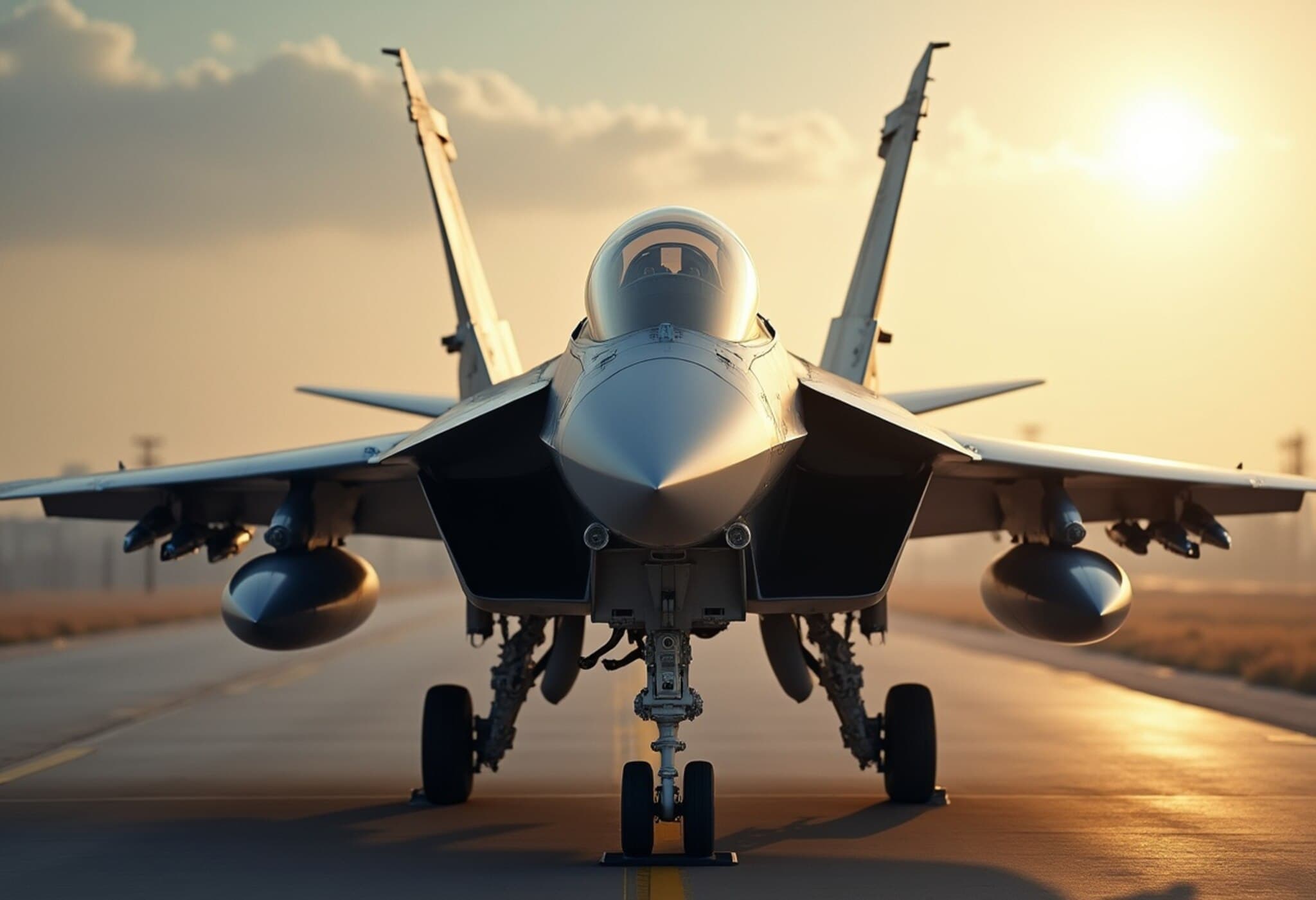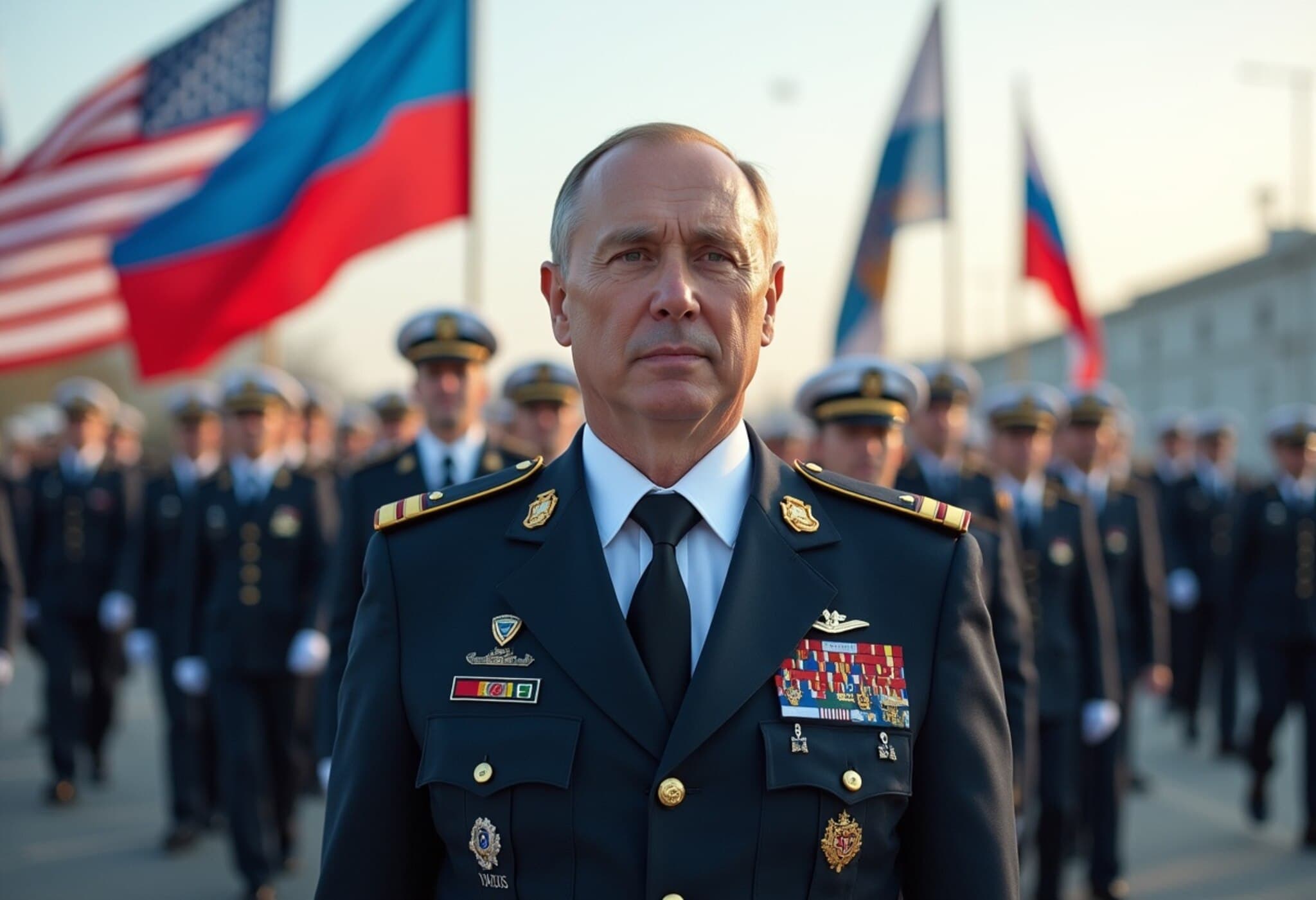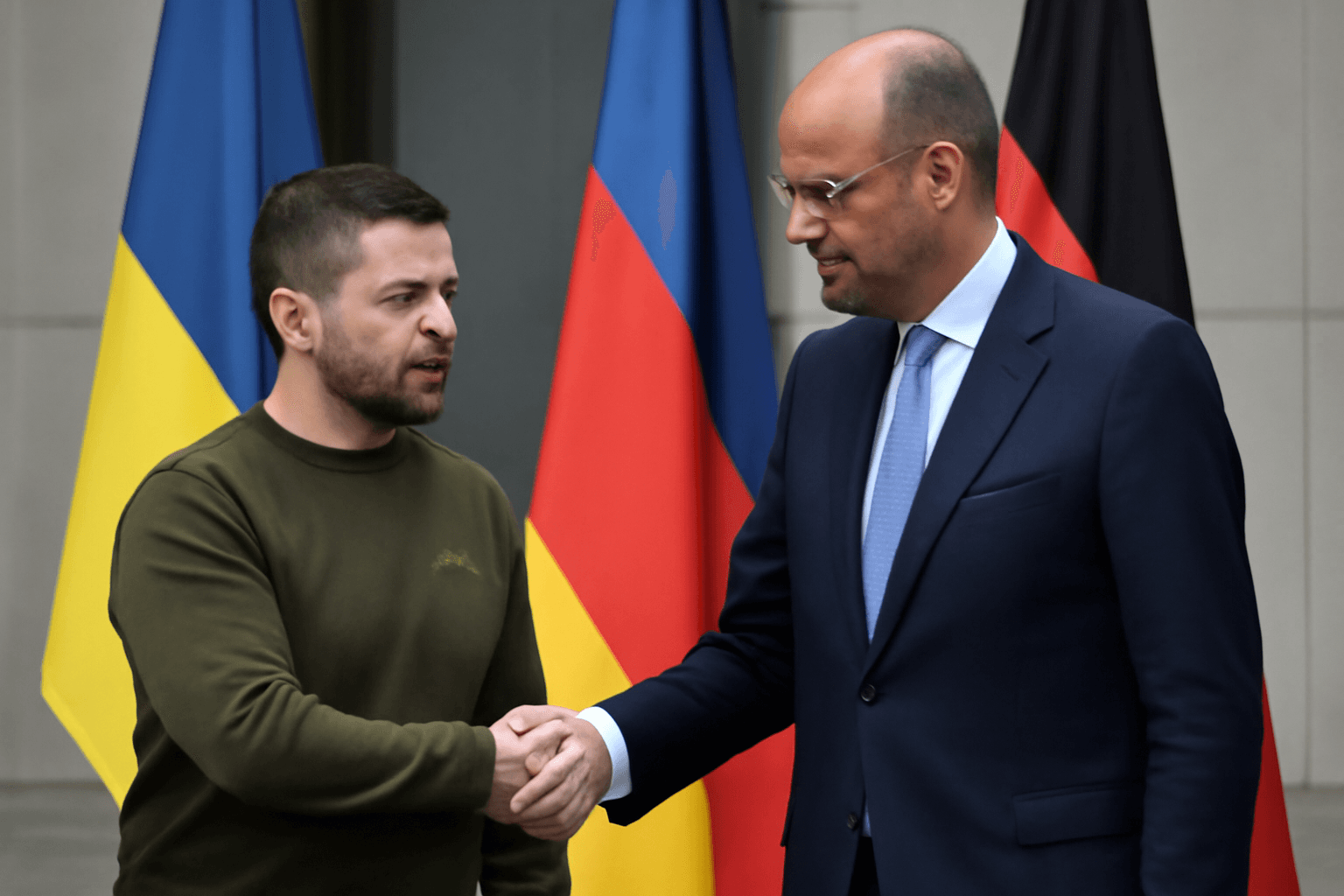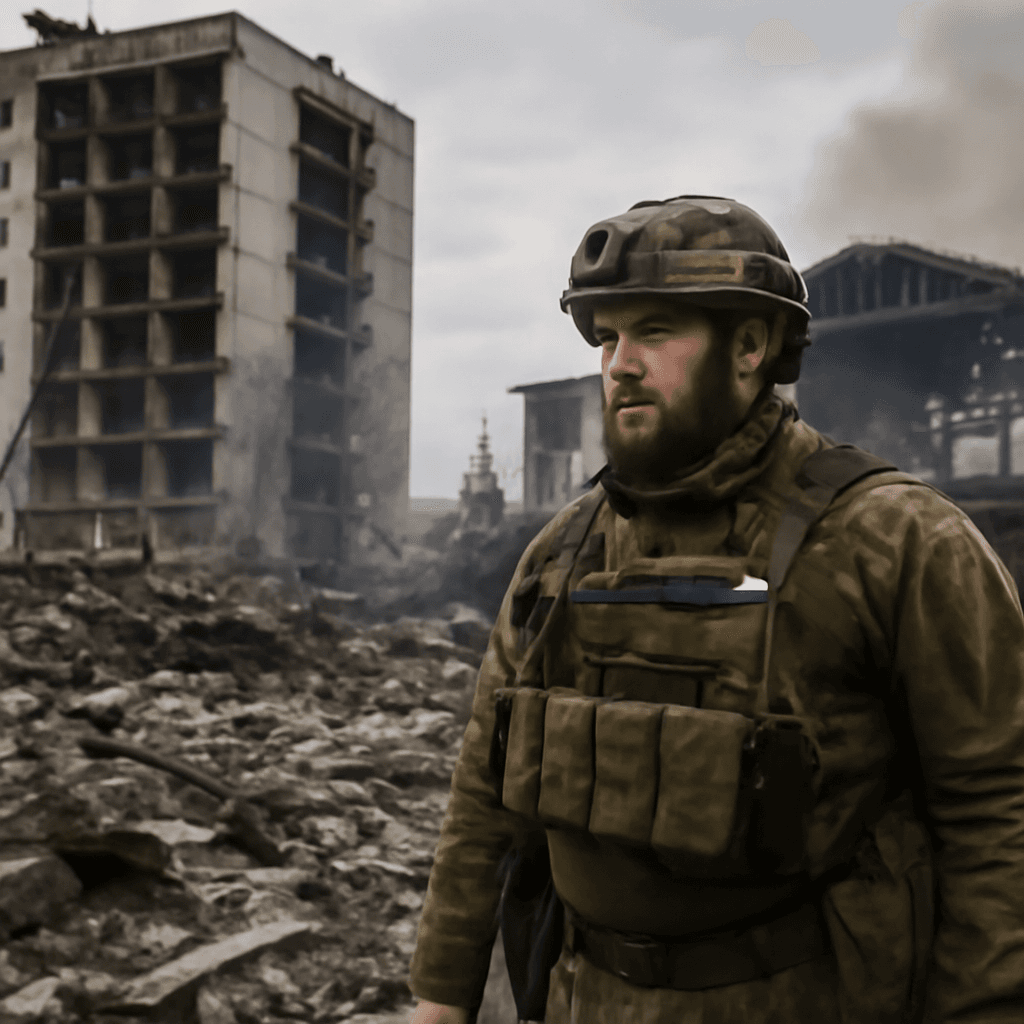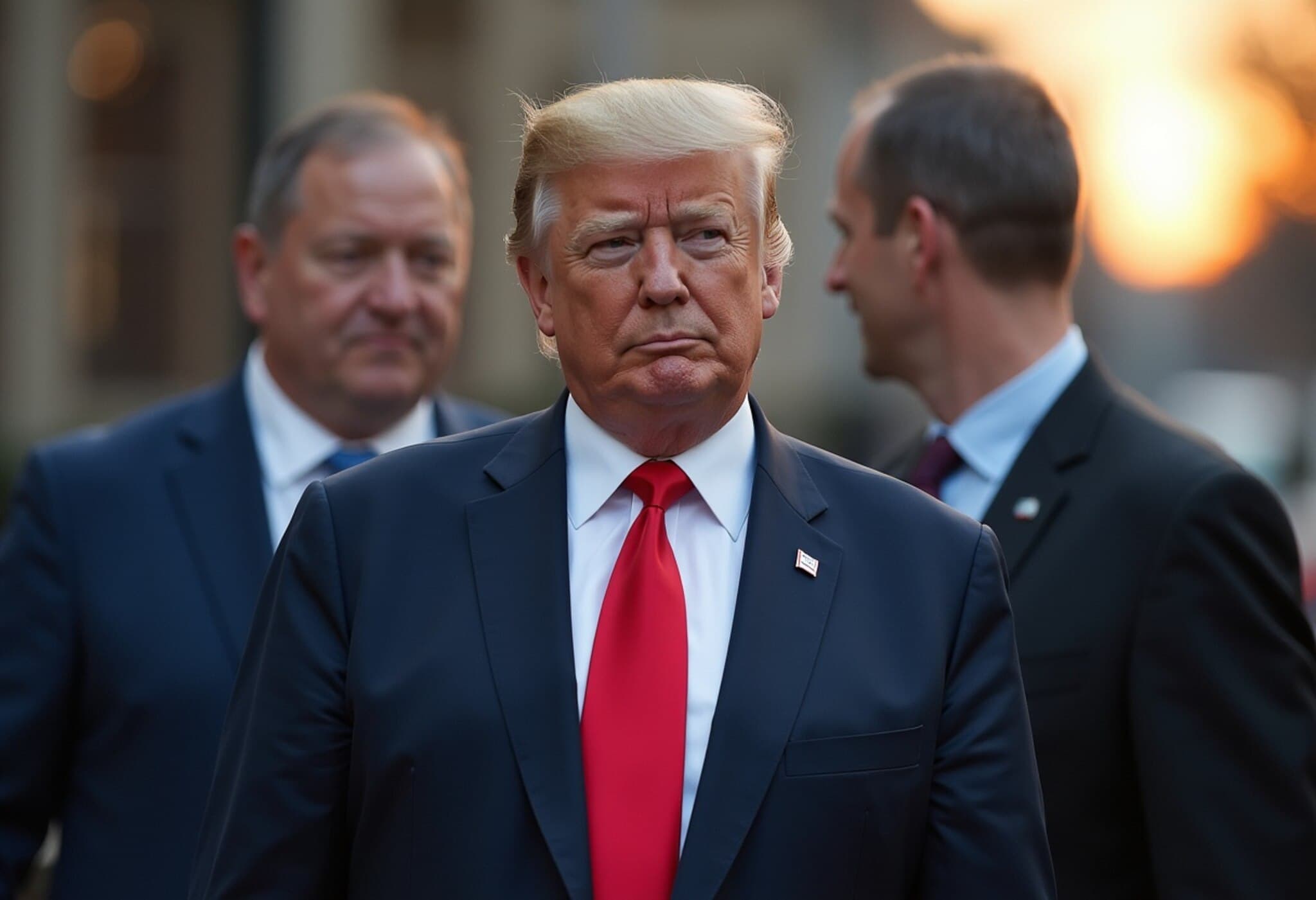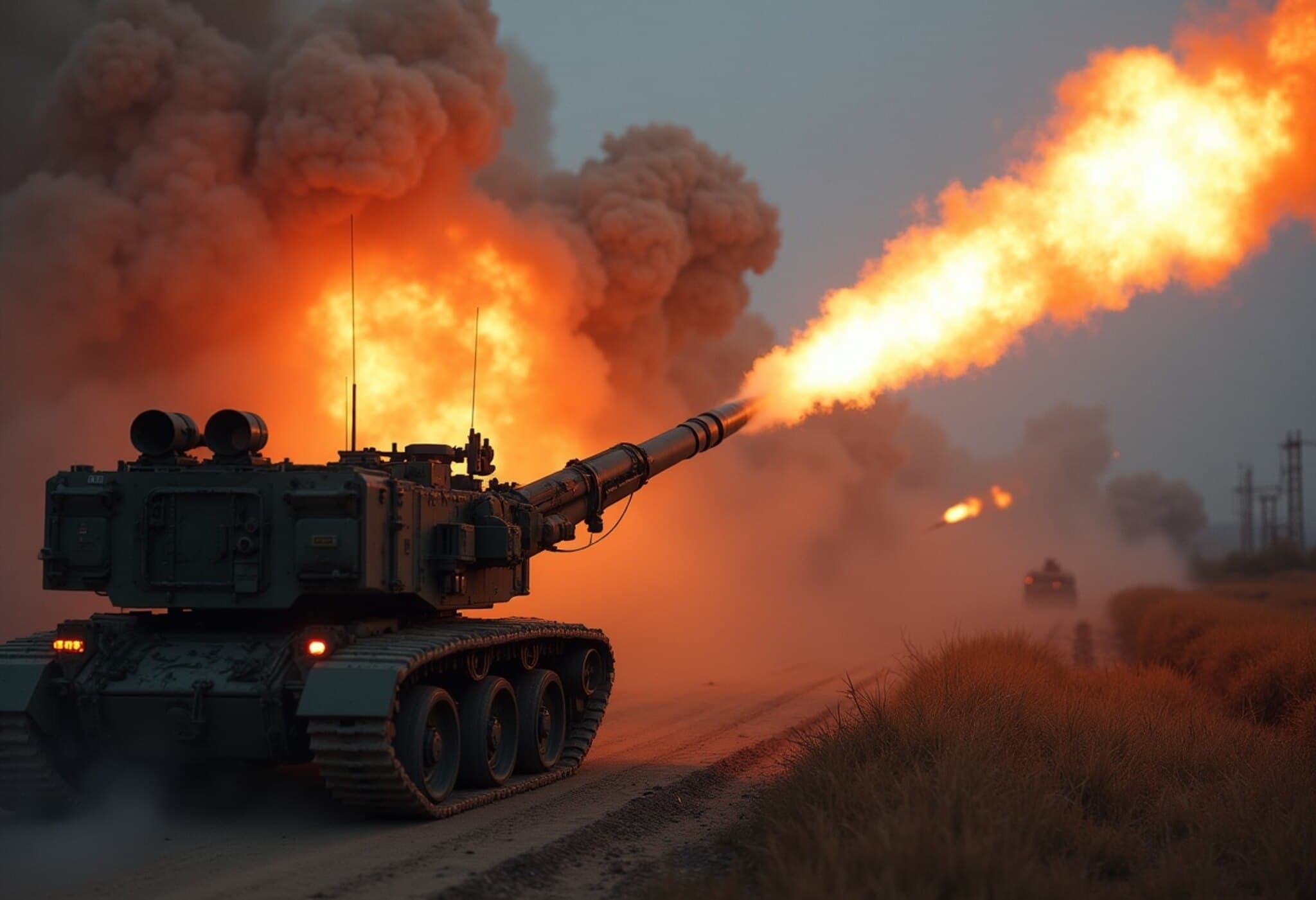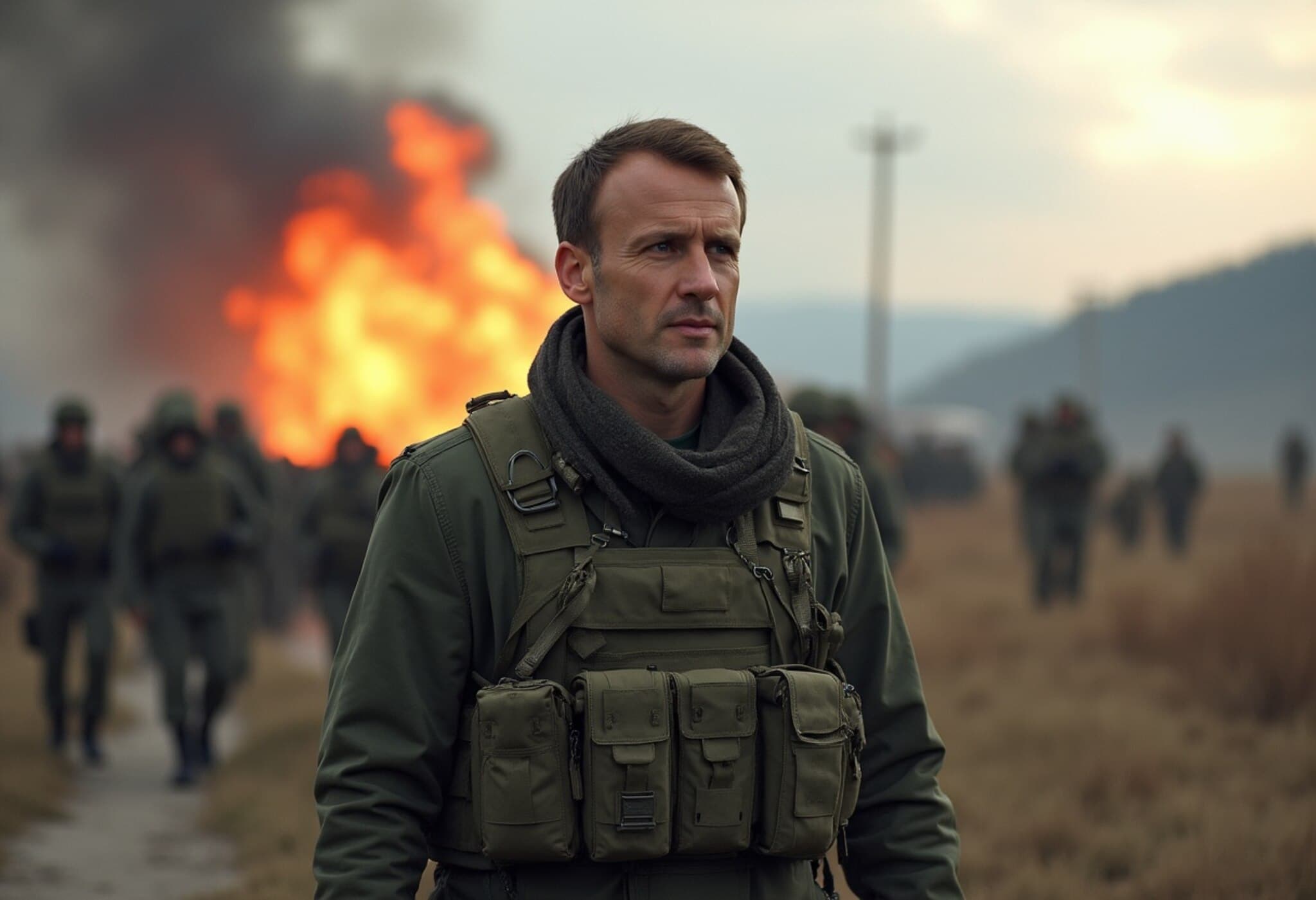Inside Russia’s Drone Factories: A Youth-Driven War Effort
Deep in the industrial heartland of Tatarstan, about 800 kilometers east of Moscow, an extraordinary operation is unfolding. At the Yelabuga factory — the world’s largest facility producing suicide drones — rows of matte black Geran-2 drones are assembled with an unexpected workforce: teenagers fresh from technical schools, some as young as 15 years old.
These are no ordinary factory workers. They are high school graduates, often recruited right after finishing ninth grade, trained and employed in an effort that reflects the Kremlin’s urgent push to escalate drone production amid the ongoing conflict in Ukraine. The footage captured by Zvezda, the Russian Ministry of Defense’s TV outlet, offers a rare glimpse behind the factory walls where these young workers contribute to the manufacturing of weapons designed to overwhelm Ukrainian air defenses.
The Rise of Geran-2: Russia’s Shahed-136 Clone
The Geran-2 drone, Russia’s adaptation of the Iranian Shahed-136, has become a deadly symbol of modern warfare. Measuring 3.5 meters in length with a 2.5-meter wingspan, these drones carry a 50-kilogram warhead capable of traveling up to 1,800 kilometers at speeds approaching 300 km/h. Their deployment aims to saturate air defense systems through massed attacks, especially during night raids, hinted at by the drones’ new dark, radar-dampening paint scheme.
Strategically, the use of relatively inexpensive drones presents a stark economic imbalance. While a Geran-2 costs roughly $53,000 to $76,000 to produce, Western air defense interceptors like the Patriot missile exceed $8 million per unit. Analysts like Christian Freuding, a senior German army officer, have warned that the only feasible response would require countermeasures priced around $3,000 to $6,000, or else Ukraine risks facing overwhelming assaults potentially reaching 2,000 drone launches nightly.
Youth at the Helm: Ethical and Societal Implications
The involvement of teenagers in such a militarized industrial environment raises profound ethical questions. Are these young workers willingly participating or are they swept up by state-driven propaganda and economic necessity? Beyond the immediate conflict zone, this phenomenon underscores how war economies reshape societies — importing young labor not just into factories but into the machinery of violence itself.
Russia’s elite is leveraging the Alabuga special economic zone’s favorable infrastructure — including access to waterways like the Kama and Volga rivers — to streamline manufacturing and logistics. The Yelabuga complex encompasses not just assembly but in-house metal foundries and testing facilities, designed for scalability and resilience, aiming to reduce dependence on foreign parts and counteract sanctions.
Strategic Impact: A War of Attrition and Morale
The Kremlin views drones as pivotal in sustained pressure on Ukrainian cities and military targets, aiming to chip away at morale and exhaust defenses. The recent record-breaking strike on July 9, launching 741 missiles and drones simultaneously, illustrates the scale of Russia’s ambitions to dominate the battlefield through attrition.
Meanwhile, Ukrainian forces claim nearly 30,000 Shahed drones shot down, a testament to the relentless nature of this aerial bombardment yet also highlighting the substantial strain on resources and personnel. This drone warfare adds a new, chilling layer to Russia’s military strategy, blending high-tech mass production with psychological warfare.
Underreported Narratives and Regional Perspectives
- The Human Cost: Little is said about the young workers’ perspectives or the socio-economic factors compelling their involvement. Exploring their stories could humanize the often invisible infrastructure of war.
- Sanctions Evasion: The footage suggests possible violations, such as drone launches from American-made pickup trucks, raising questions about enforcement of international sanctions.
- Policy Implications: For U.S. and European policymakers, Russia’s increasing self-sufficiency in drone production implies an urgent need for adaptive defense strategies and support to Ukraine.
Editor’s Note
The story of Russia’s drone factories is not just about weaponry but about a generational shift forced into conflict by circumstances beyond their control. As drones redefine battlefields, understanding the human and strategic dimensions behind their production sheds light on emerging warfare’s complexity. Policymakers and societies alike face tough questions: how to counter mass drone warfare sustainably and what responsibilities nations bear when young people become part of war industries. This nuanced conflict demands more than headlines—it requires informed, empathetic engagement with the many layers shaping today’s geopolitical realities.

